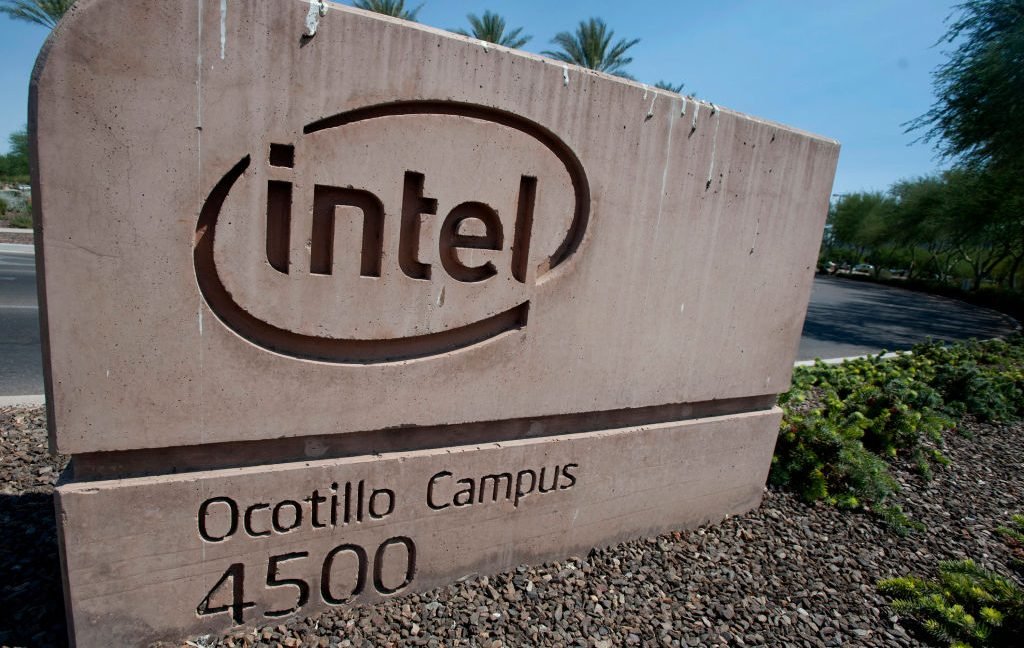

According to the most recent data from the US Census Bureau’s American Community Survey (ACS), 29.6 million people in the US identified as having limited English proficiency (LEP). Put another way, over 8% of the US population has limited ability to read, speak, write, or understand English.
Not surprisingly, patients with limited English proficiency have worse healthcare outcomes than English-proficient patients, according to the AMA Journal of Ethics. These outcomes include extended hospital stays, a higher risk of surgical delays and more medical errors.
As American healthcare providers increasingly serve multilingual patient populations, they face the challenges of ensuring HIPAA compliance and safeguarding patient privacy. These additional challenges are particularly acute given the rise of telehealth and other digital platforms as efficient and effective means of delivering healthcare services.
Let’s discuss three strategies for implementing multilingual healthcare delivery while safeguarding patient privacy and maintaining HIPAA compliance. As a quick reminder, HIPAA—the Health Insurance Portability and Accountability Act—sets national standards for Protected Health Information (PHI) in all forms, including verbal, written, and electronic.
Ensuring HIPAA-compliant language access in healthcare protects patient information and improves healthcare delivery. Patients who receive care in their preferred language are more likely to understand medical instructions, adhere to treatment plans, and return for follow-up care. Further, by offering HIPAA-compliant language services, healthcare providers can avoid potential lawsuits or penalties associated with non-compliance. Finally, when Limited English Proficiency patients receive language support that adheres to HIPAA standards, they feel more respected and understood, leading to higher satisfaction and trust in healthcare providers.
Now for the three strategies for implementing multilingual healthcare delivery while maintaining HIPAA compliance:
1. Implement a HIPAA Compliance Checklist for Language Access
A HIPAA compliance checklist can help healthcare providers maintain consistent privacy practices when offering language services. Developing and implementing such a checklist is a strategy for ensuring all key areas have been considered and addressed and for familiarizing managers with the challenges and solutions associated with providing language access while maintaining HIPAA compliance.
At a minimum, the checklist should include:
- Verifying the credentials of all linguists, including training in medical terminology, cultural nuance, and familiarity with HIPAA regulations and requirements.
- Training staff on HIPAA requirements related to language services, including how to work with linguists and technology platforms in a HIPAA-compliant manner.
- Assessing the ability of implemented telehealth and translation technologies to meet HIPAA standards for security and privacy while meeting the healthcare provider’s need for rapid and effective access to linguists when needed.
2. Establish Best Practices for HIPAA-Compliant Multilingual Communication
Establishing best practices for multilingual communications requires a careful review of healthcare delivery practices for LEP patients. Each healthcare provider’s practices and operations will be specific, but some general guidelines are helpful.
- Regular Compliance Training: Regular HIPAA training is required for all linguists, focusing on handling protected information securely during interpretation and translation.
- Monitor Language Service Quality: Establish regular audits of medical translation services and interpreting sessions to help identify compliance gaps and improve service delivery. This practice includes reviewing translated documents and ensuring that interpreted sessions follow HIPAA guidelines.
- Implement Secure Messaging for Multilingual Communication: For ongoing communication with patients, mandating the use of secure messaging apps that offer multilingual support and comply with HIPAA standards ensures PHI remains protected even in text-based communication.
Sourcing linguists familiar with HIPAA regulations can be challenging, especially for rare languages. When partnering with a language services provider, ensure the provider has a wide network of certified linguists trained in medical terminology and HIPAA.
3. Evaluate Technology Platforms for HIPAA Compliance
Telehealth continues to grow in popularity due to patient demand and the efficiencies such services offer healthcare providers. Remote interpreting services, including video remote interpretation (VRI), allow healthcare providers to communicate with their LEP patients in real-time. Integrating remote interpreting and multilingual communication services requires using HIPAA-compliant telehealth platforms.
Key features to look for to ensure technology platforms meet HIPAA requirements include:
- End-to-end encryption: Ensuring that video and audio communications during VRI sessions are secure.
- Two-factor authentication: Enhancing access controls to PHI.
- Secure storage: Protecting any interpreted or translated communication stored within the telehealth system.
Final Thoughts
As American healthcare providers are increasingly called upon to serve multilingual patient populations, maintaining HIPAA compliance requires secure technology, trained linguists, and rigorous processes. By partnering with HIPAA-compliant Language Service Providers, using secure telehealth platforms, and implementing clear privacy protocols, healthcare providers can ensure that LEP patients receive high-quality, safe, and compliant care.
About Elena Petrova
Elena Petrova is the Founder and Chief Executive Officer of Ad Astra, Inc., a trusted leader in cross-cultural communication services to government and industry. Her company was born out of her passion for promoting cultural understanding. Elena began her career providing spoken language interpretation and language instruction services to high-level diplomats, schools, the Zenit soccer team, media organizations, and other businesses and organizations.








